

Published by Random House India in 2014 Copyright Kunal Kapur 2014 Random House Publishers India Private Limited
Windsor IT Park, 7th Floor, Tower-B
A-1, Sector-125, Noida-201301, UP Random House Group Limited
20 Vauxhall Bridge Road
London SW1V 2SA
United Kingdom This eBook is copyright material and must not be copied, reproduced, transferred, distributed, leased, licensed or publicly performed or used in any way except as specifically permitted in writing by the publishers, as allowed under the terms and conditions under which it was purchased or as strictly permitted by applicable copyright law. Any unauthorised distribution or use of this text may be a direct infringement of the authors and publishers rights and those responsible may be liable in law accordingly. EPUB ISBN 9788184005554 For my Mummy and Papa Contents Introduction My journey with food began in my roaring old kitchen at home. In those days, the size of a kitchen was usually bigger than a living room; it was the one area where space was never compromised. I was raised in a joint family, which meant that there were many mouths to feed. Back then cooking was a ritual more than a daily chore.
My oldest memories are of me sitting on an upturned empty oil canister placed on top of our kitchen counter watching my father, uncles, and my grandfather cook. Unlike most Indian households, all the men in my big, rambling family loved to cook. My father would cook almost every Sunday and I would be given the task of Chief Stirrer. The big advantage of being Chief Stirrer was that my father would teach me the names of the ingredients that went into whatever I was stirring. I am sure he did that only to sharpen my vocabulary but what he also managed to do was teach me a glossary of ingredients that would one day become my life and my very reason of existence. I owe everything to the kitchen and people of my house for inculcating in me the love of cooking and the joy of sharing and eating.
Being a chef for twelve years did a lot to boost the clichd ego in me. Emboldened by my culinary school degree and my success after it, the memories of my childhood and our kitchen, where some of the tastiest meals came from, began to fade. I now only spoke culinary jargontechnically correct dishes and recipesbut when the moment of truth came, I was left speechless. It was at the auditions for MasterChef India (2010), when I saw thousands of home cooks line up with amazing home-cooked food, that made me realize something important: Good food can come from anyone. After four seasons of MasterChef India , travelling across the country, hunting for talent, seeking out good food, I stumbled on a truth that there is A Chef in Every Home. From choosing to be a chef at a time when it was considered a job for the hopeless to being awarded the Sir Edmund Hillary Fellowship in the field of Food and Beverage by the prime minister of New Zealand, it has been a long journey filled with mistakes, learning, creation, joy, travel, exploration and understanding food, people, and cultures at a totally different level.
And I wanted nothing more than to share these experiences as recipes in the form of a book. Food is a form of expression and A Chef in Every Home will help bring out the chef in you. All you need is a guide, a mentor to get started. I decided to write a book to help you through your own food journey, through your kitchen firsts and your kitchen disasters. All the recipes that Ive outlined have been put together in the easiest way possible, so that not only do you get a great dish at the end, you also have fun making it. The recipes are designed to break the myth that some dishes are considered aspirational or gourmet, or in other words difficult.
Many of the recipes allow room to innovate and include ingredients of your choice, which will build and boost your confidence and establish the fact that before anything else cooking is fun, doable, and very addictive. Using simple ingredients from your kitchen you can make world cuisine, and thoroughly impress your friends and family while youre at it! This book brings to the table a range of complete meals from starters, soups, main courses, rice and breads, accompaniments, relishes, and desserts. Ive kept it simple so that you can cook all this and more using mostly the ingredients in your kitchen. So what are you waiting for? Grab the book and lets cook! Cooking and Kitchen Basics Not all kitchens are equipped in the same way. In order to use this book to the fullest, you should stock your kitchen with certain cooking equipment and also understand a few basic cooking techniques and weights and measurements. I put them together in the most simplified manner for you.
Cooking Equipment Pots and Pans Make sure that you have a good mix of heavy and light weight pots and pans in your kitchen. Lighter pans are good for boiling and stir frying, whereas heavy pots and pans are better for slow cooking. Use the appropriate pot or a pan as per the requirement of the dish. It is better to have a mix of aluminum, cast iron, and stainless steel pots and pans at home. Knives You require a simple chefs knife, peeler, and a palette knife to try out all the recipes. A study suggests that more fingers are cut while using a blunt knife rather than a sharp knife.
Sharpen your knives periodically. Remember to always wash and dry your knives after use. Try and keep all knives separately in a wooden block. If you are not confident of handling a 7to 9 SS blade, switch to a smaller knife but make sure that it has a good grip and a stainless steel blade. Food Processing Machines This book uses recipes that require an oven. For best results, use a convection oven.
Electric whisks, blenders, graters, mini choppers, juicers, and food processors make cooking more convenient. Ensure that you always buy branded electrical equipment for your kitchen. Ensure that you read and follow the safety instructions listed on the equipment. Always clean and dry the all equipment before and after use. Baking Cutters, Moulds, Trays Stock your kitchen with stainless steel fancy cutters that come in various shapes and sizes. Different moulds for cupcakes, pies, and cold desserts help in creating attractive shapes.
You can use aluminum moulds, silicon moulds, or non stick moulds for ease of cooking. Choose the baking trays wisely. Check that your baking trays fit your oven at home. Light aluminum or non stick trays or even silicon mats do a great job. Cooking Techniques Blanching is flash cooking of vegetables or fruits in boiling water and then immersing them immediately in cold water. This is usually done to easily peel the skin off.
Blanching of bones refers to a quick boil of bones and then washing the bones under cold. This process cleans the bones of impurities making the stock clean and clear. Breading is the process of applying breadcrumbs to certain foods to get a crispy and crunchy texture. For example, you will use this technique in the Pea and Potato Croquette and Fried Mozzarella Sticks recipes. Searing is a technique in which meat is put on a hot pan to get a nice brown colour on the outside. This action seals in the juices of the meat.
Once meat is seared, it is usually cooked in an oven at a low temperature so that it cooks from the inside. Folding is to gently mix using light lifting actions of two or more ingredients of different density. The best example is when flour is folded into whipped eggsit is gently folded so that the air from the whisked eggs does not escape. Sauting means to fry food quickly in a hot pan, stirring it from time to time. It is a French word which means jump or bounce. Whisking is a process of blending/mixing ingredients in such a way so as to incorporate air into them to make them light in texture.

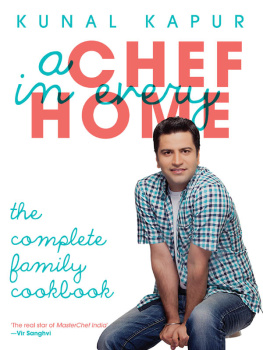
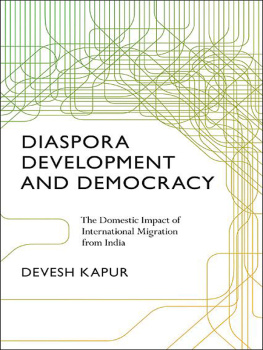


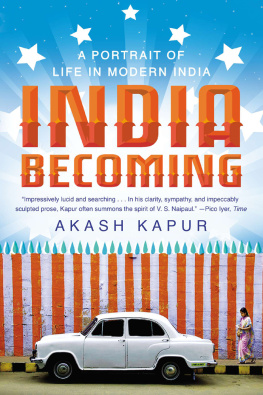


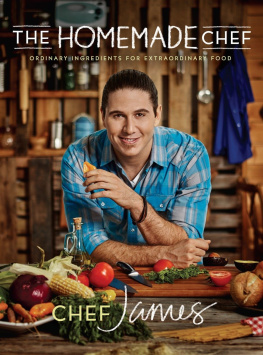
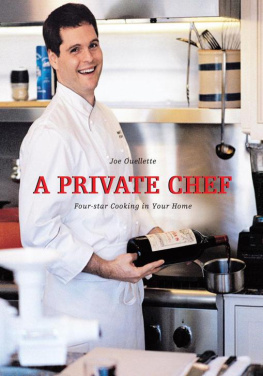
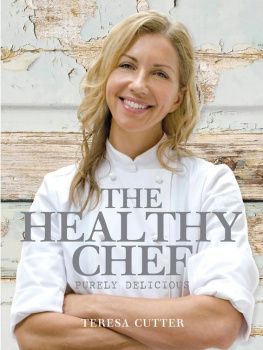
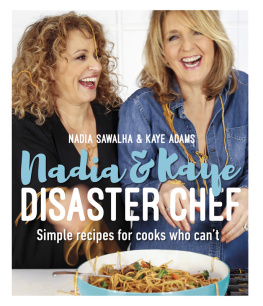
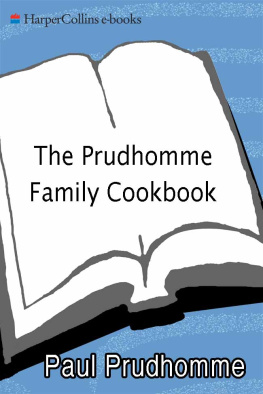



 Published by Random House India in 2014 Copyright Kunal Kapur 2014 Random House Publishers India Private Limited
Published by Random House India in 2014 Copyright Kunal Kapur 2014 Random House Publishers India Private Limited